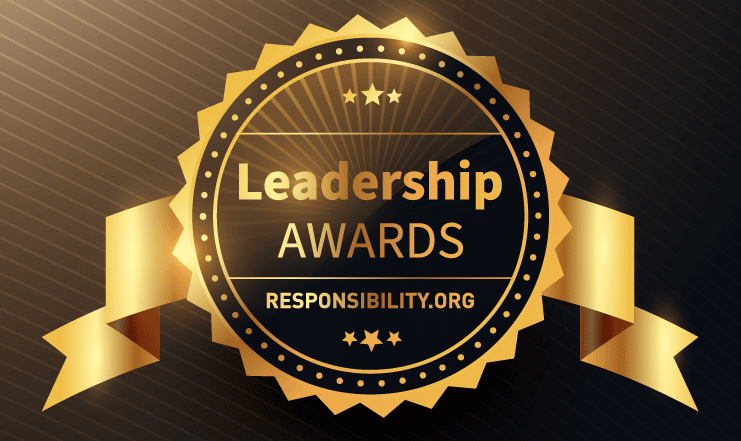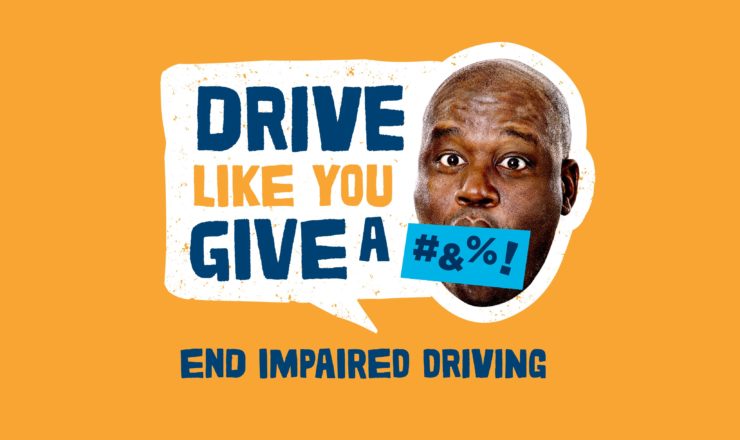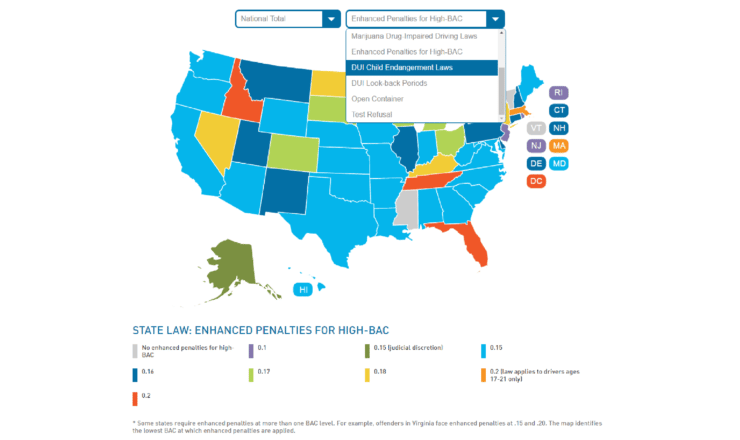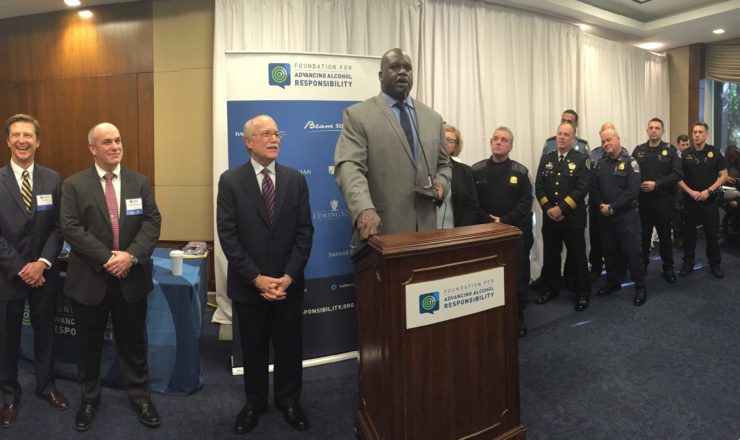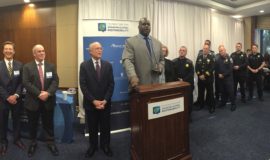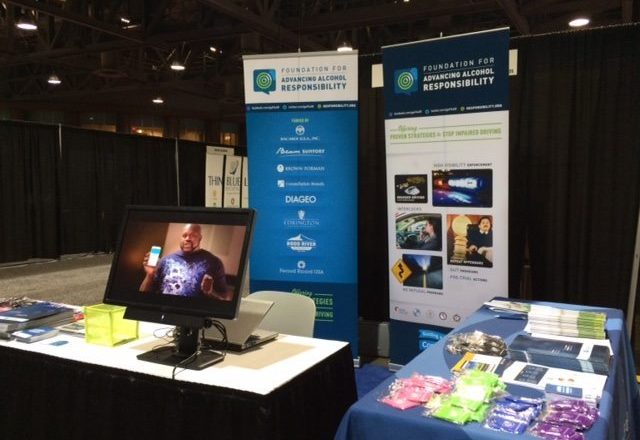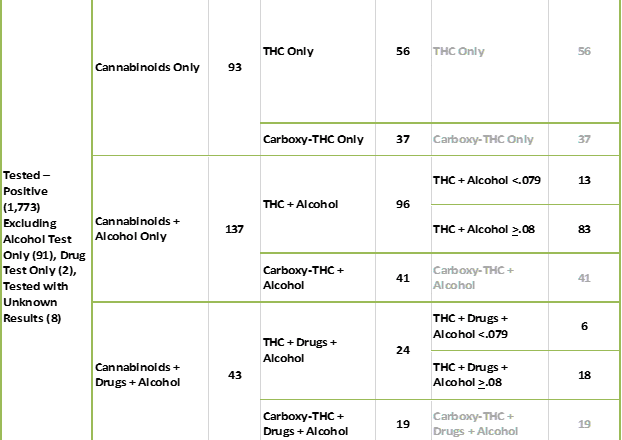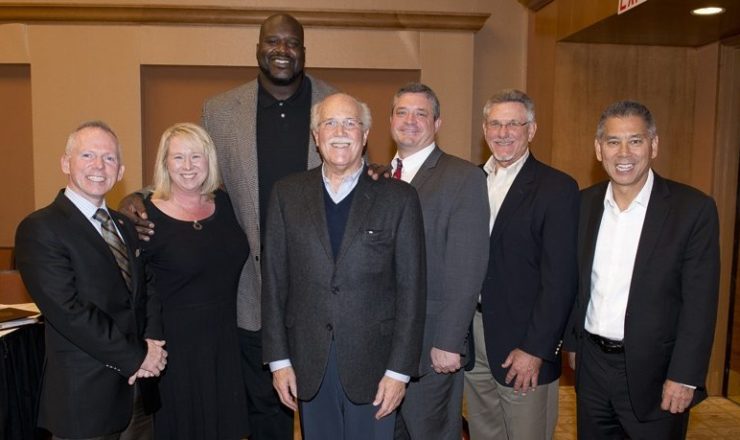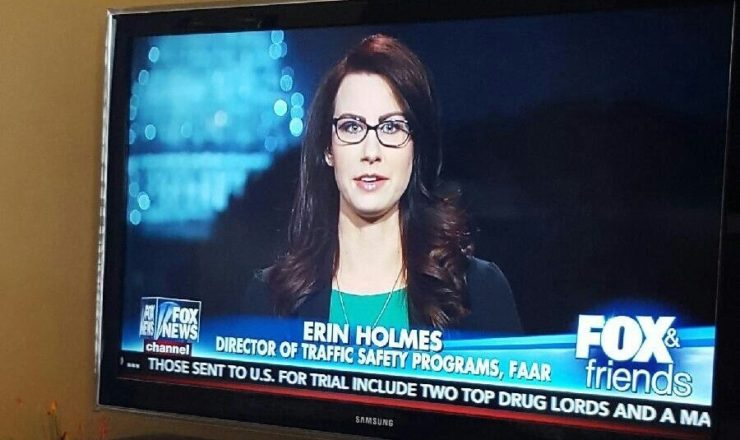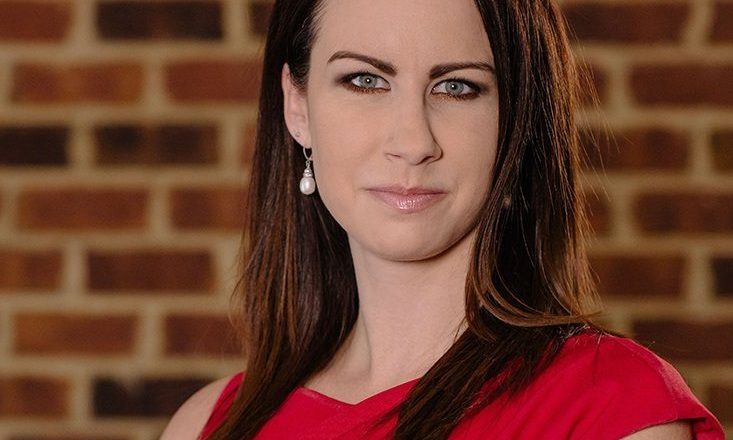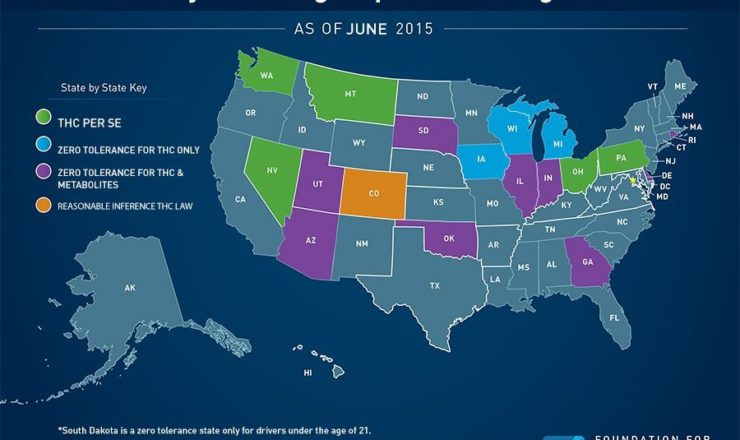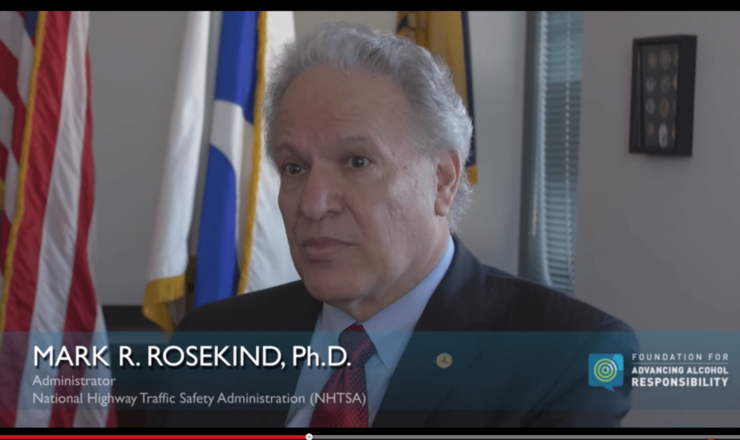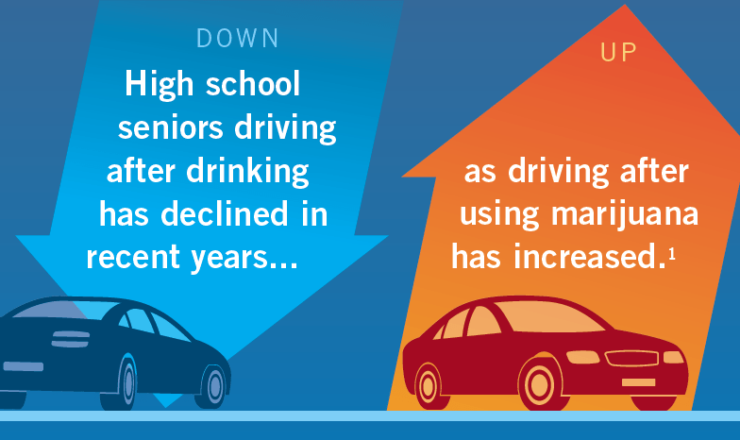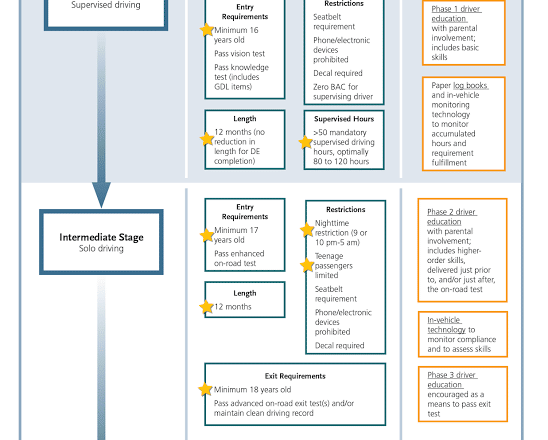Students Leading the Fight Against Drugged Driving in Ohio
The year was 1981. Alcohol impaired crashes were the leading cause of death for young people in the US. Each crash was the loss of a brother, sister, friend or neighbor. Each crash affected an entire community. The small town of Wayland, Mass., experienced this loss first-hand, as multiple teens perished after a series of drunk driving crashes. The students at Wayland High realized that if they were going to change this trend, they needed to band together and raise their voices. They needed to collaborate and educate their peers. From these humble beginnings came Students Against Destructive Decisions (SADD).
Almost 35 years later, SADD has expanded its mission to include the multitude of issues that teens experience every day. While much has changed since 1981, sadly, car crashes remain the number on killer of teens today. Traffic safety remains at the heart of SADD’s mission, and our peer-to-peer model educates and equips teens to make positive change in all 50 states. If teens are part of the problem, they must be part of the solution as well. There is true power in a young driver taking control of their own destiny, especially when a friend or family member is being unsafe behind the wheel. It takes courage. It takes education.
Often times, these crashes are called “accidents,” but we know this isn’t true. Car crashes are completely preventable, yet teens are dying at a rate higher than any other demographic on the road. It’s true- inexperience is an obvious cause, but young people are especially vulnerable to the pressures of substance use and abuse as well.
Today, teens are receiving mixed messages around drug use. After all, we’ve all heard that marijuana is “totally natural” and actually makes you a “safer driver.” We chuckle at these notions, but teens are actually believing these outrageous lies. Top that with recent changes in state laws, teens are left wrestling with conflicting messages more than ever before.
The messages are convoluted, but the truth is simple: drugs, whether illicit or prescription, gravely affect an individual’s ability to safely operate a motor vehicle. Young people must understand this. In this moment, SADD sees the cycle of history coming full turn. Drugged driving is a serious health issue and is perceived by society much like alcohol was in 1981. It took decades of comprehensive and aggressive action in order to shift how society views drunk driving. Now is the time to do the same with drugged driving, and teens are the perfect place to start.
Together, SADD and RADD have called together a broad coalition of partners to examine this growing health concern. Among these partners, The Governor’s Highway Safety Association (GHSA); Ford Driving Skills for Life; and the Office of National Drug Control Policy, we are working together to understand the issue and collaborate in response to it. We know that in order to make real, lasting change, we must provide relevant resources to young people and their communities.
Our campaign, called Drugged Driving = Done Driving (DD=DD) is the first awareness campaign of its type, geared to teens in regard to the issue of drug-impaired driving. The campaign resources are geared to teens, parents, and the communities because as the old African proverb says, “It takes a village to raise a child.”
We will reach teens with the facts via social media. We will present the true statistics and science in a fun, engaging way. SADD chapters will host hands-on learning labs that creatively showcase impairment. Together, we will present teens with the most important message: drugged driving puts themselves, their loved ones, and everyone else on the roadway in danger.
We will target parents by facilitating serious and important conversations about impairment with their teens. Parents often discuss alcohol impaired driving with their young drivers, but as the definition of “impairment” expands, the conversation grows more complex. DD=DD will provide parents with talking points and conversation tips that lead to more meaningful conversations around drugged driving.
We will engage law enforcement and other community members because these stakeholders play a key role in shaping driving expectations of teens. We must bring drugged driving to the forefront of our community conversations and provide law enforcement with new and effective ways to interact with teens.
We want this program to be successful, yet with the many unknowns of drugged driving, we need a way to pilot these concepts to ensure that our resources are the best they can be. We are thrilled to announce that the Ohio Department of Public Safety and the Ohio State Highway Patrol – Ohio Traffic Safety Office will pilot DD=DD during the 2015-16 school year. The evaluation of this new program will allow us to better understand the best ways to combat drugged driving. Together.
Young people today know that a real friend will never allow a friend to drive drunk. It is our hope that in the next years, teens will hold the same degree of accountability with drugged driving. It took the traffic safety community’s collaboration of resources, programs and passion to achieve the success we have today, and I know that together, we can do the same with drugged driving.
*The views and opinions expressed in this blog are solely those of the author and do not necessarily reflect the views of the Foundation for Advancing Alcohol Responsibility (Responsibility.org) or any Responsibility.org member.*


